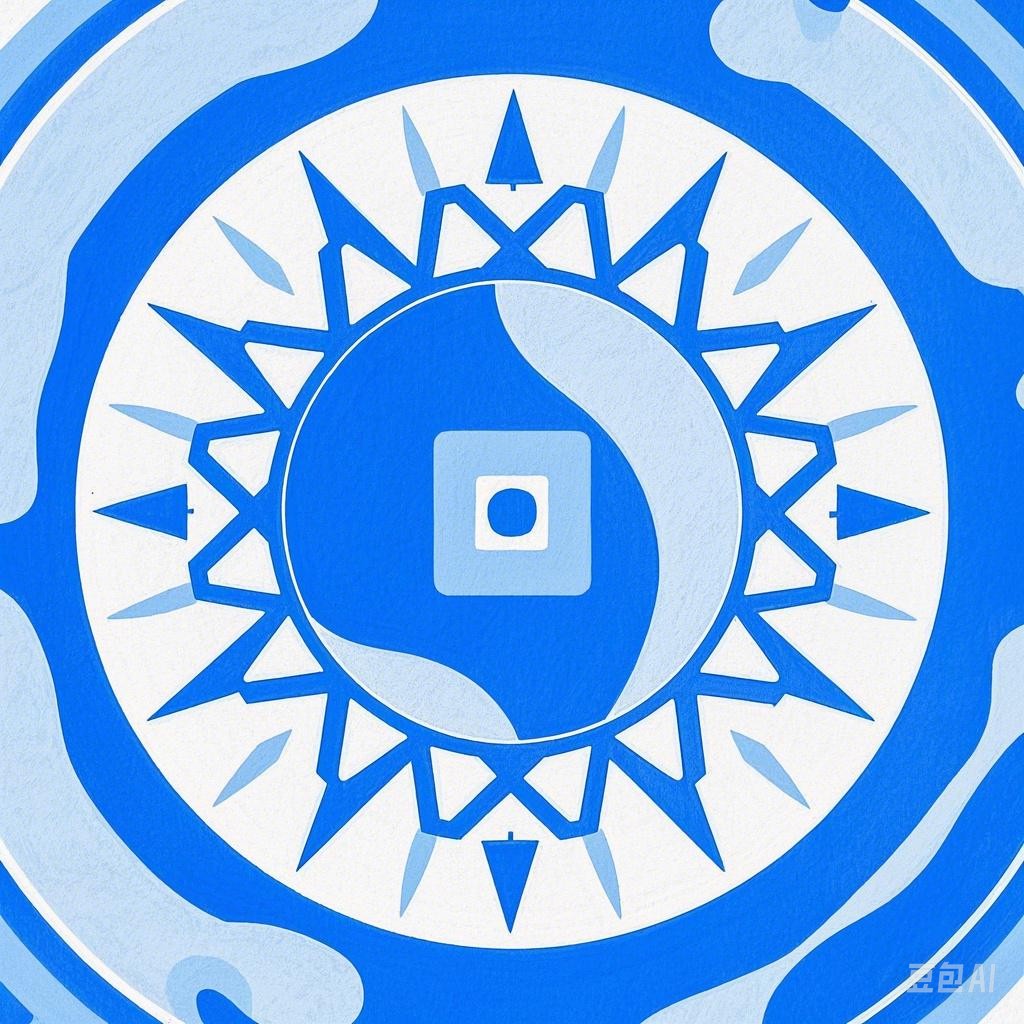Chinese festivals are a vibrant tapestry of cultural heritage, embodying the country’s rich history, traditions, and values. Each festival carries unique significance and is celebrated with various rituals, foods, and activities. This article aims to delve into the meanings behind some of the most prominent Chinese festivals, providing insight into their cultural importance and how they are celebrated.
1. Spring Festival (Chinese New Year)
Background
The Spring Festival, also known as Chinese New Year, is the most important traditional festival in China. It marks the beginning of the lunar new year and usually falls between January 21 and February 20.
Significance
- Renewal and Rebirth: The festival symbolizes the renewal of life and the beginning of a new year.
- Family Reunion: It is a time for families to gather and celebrate together, often involving a big feast known as the Reunion Dinner.
- Feng Shui and Auspiciousness: Various customs and decorations are used to bring good fortune and ward off evil spirits.
Celebrations
- Red Decorations: Red lanterns, couplets, and paper cuttings are hung around the house to symbolize happiness and good luck.
- Fireworks and Firecrackers: These are set off to scare away evil spirits and welcome the new year.
- Feast: The Reunion Dinner typically includes dishes like dumplings, fish, and spring rolls, symbolizing prosperity and abundance.
2. Lantern Festival
Background
The Lantern Festival, also known as the Yuanxiao Festival, is held on the 15th day of the first lunar month, marking the end of the Spring Festival.
Significance
- Celebration of the Moon: The festival is dedicated to the moon, symbolizing harmony and unity.
- Lanterns: The lighting of lanterns represents guidance and the pursuit of knowledge.
Celebrations
- Lantern Display: People gather to admire beautifully crafted lanterns, often with poetic messages.
- Mooncakes: These are round pastries filled with sweet or savory fillings, symbolizing completeness and reunion.
- Dragon and Lion Dances: These traditional dances are performed to bring good luck and fortune.
3. Dragon Boat Festival
Background
The Dragon Boat Festival, also known as Duanwu, is held on the fifth day of the fifth lunar month, usually in June.
Significance
- 纪念屈原: The festival commemorates the poet Qu Yuan, who drowned himself in the Miluo River in protest against corruption.
- 驱邪避疫: It is believed that eating zongzi (sticky rice dumplings) and drinking realgar wine can ward off evil spirits and diseases.
Celebrations
- Dragon Boat Races: Teams of rowers compete in long boats, racing to honor Qu Yuan.
- Zongzi: These dumplings are made with sticky rice and various fillings, such as meat or red bean paste.
- Realgar Wine: This traditional wine is believed to have medicinal properties and is consumed during the festival.
4. Mid-Autumn Festival
Background
The Mid-Autumn Festival is celebrated on the 15th day of the eighth lunar month, usually in September or October.
Significance
- Moon Worship: The festival is dedicated to the moon, symbolizing reunion and harmony.
- Fruit Harvest: It also marks the end of the autumn harvest season.
Celebrations
- Mooncakes: Similar to the Lantern Festival, mooncakes are enjoyed during this festival.
- Moon Viewing: Families gather to admire the full moon and share stories and desserts.
- Tea: Tea is often served to symbolize purity and tranquility.
Conclusion
Chinese festivals are a reflection of the country’s deep roots in history, culture, and tradition. Each festival carries unique meanings and is celebrated with various rituals and customs. By understanding the significance behind these festivals, one can appreciate the rich tapestry of Chinese culture and the values that have shaped its society.
